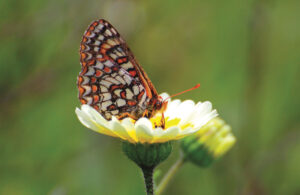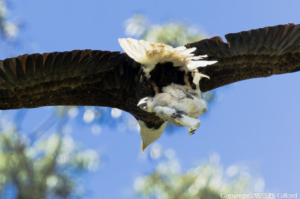Much like an ephemeral field of wildflowers, the moments of peak spring bird diversity are beautiful and fleeting.
Resident birds are in full song and busy making nests. Birds that spent the winter here are staging their moves, ready to rush to thawed out areas near and far. Meanwhile, neotropical migrants begin trickling in from warmer and tropical areas. For birdwatchers, this is one of the most exciting times of year and is filled with anticipation, rewards and surprises. Unlike fall migration, which is comprised of mostly young birds that have never made a journey and older birds in no huge rush to move South, in spring everything knows where they are going and they move fast.
Back East the arrival of neotropical migrants is sudden and obvious, with huge flocks of birds arriving all at once as soon as the harsh, leafless winter is over. Birders watch for calm, warm weather and go to migration hot spots and literally wait for the first arrival of migrant songbirds that mark the broken spell of winter. Warblers often take center stage during spring migration. As diverse as they are fast and colorful, these insectivores from the South are sometimes called the “butterflies of the bird world.”
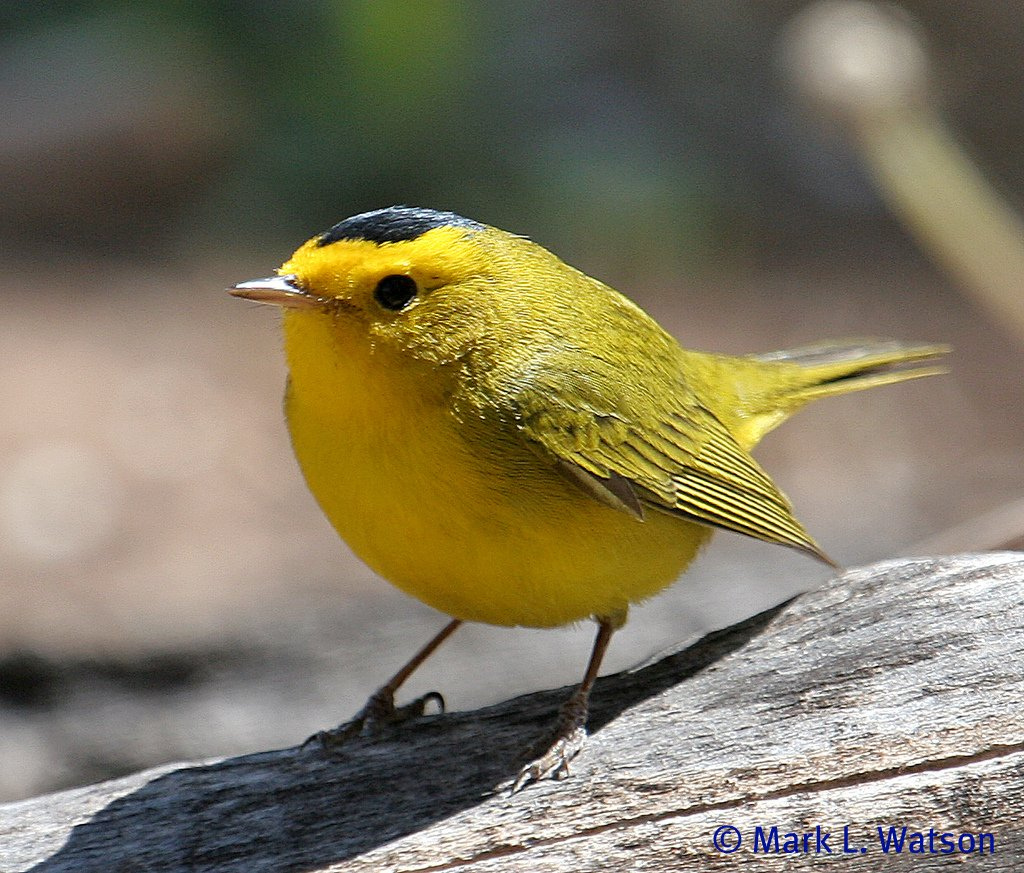
Migration is similarly obvious in the deserts of the southwest, where pulses of migrants crossing the dry, treeless expanses swarm into the scattered and vibrant veins of riparian woodland. There they find refuge and can rest and refuel on water and insects before heading North and West.
Here in Northern California the presence of so many resident and wintering birds in our temperate habitats masks the arrival of migrants. Migration in Northern California is a gradual transition that is easily overlooked. It is, however, often overheard. A trained ear will notice new voices emerging from the morning chorus in spring and that they are different from those species that occur in winter. Most migrant birds fly in the dark, and the flight calls can be heard as they pass over.
On land these species are easiest to detect on warm mornings following clear calm nights, when pulses of songbirds all move at once. Around here a few breeding songbirds with voices whose arrival marks the advancement of spring include the Wilson’s warbler in mid March, black-headed grosbeaks in early April and olive-sided flycatchers by late April.
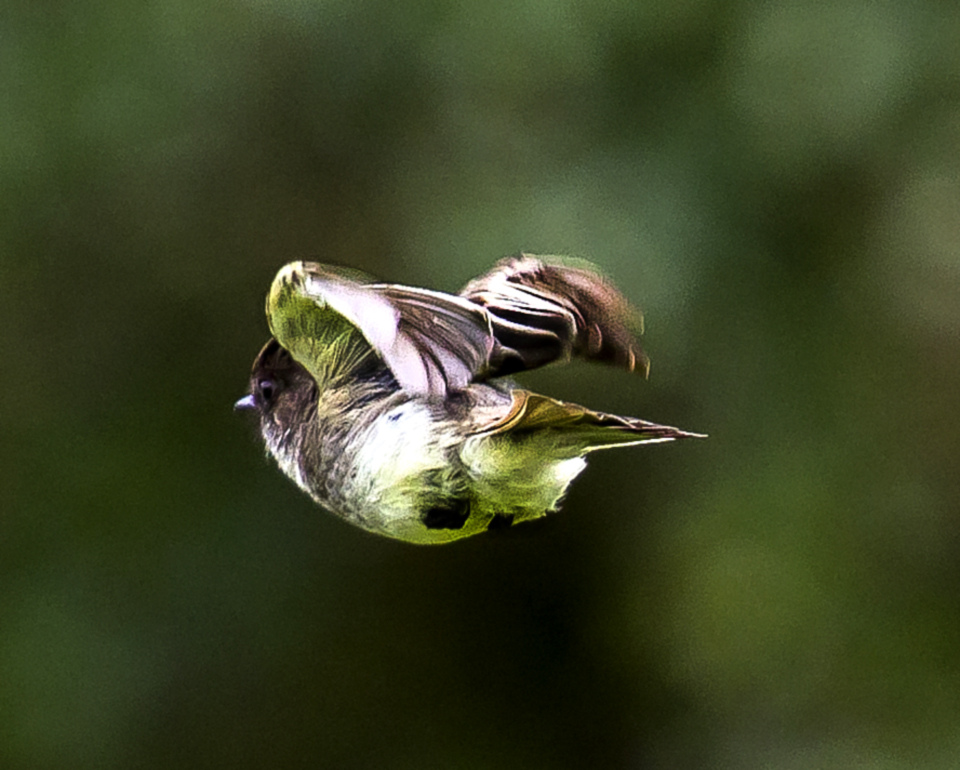
Migrant songbirds do not fly all this way to attempt breeding just anywhere. In fact, the habitat requirements for migrant songbirds are very specific, with most species preferring robust native plant communities as breeding sites. Males tend to arrive a week or more before females, with the most fit, experienced males showing up first to snatch up the most desirable breeding territories. Amazingly, even tiny vireos and flycatchers find their way back to the exact same patch of woods that they nested in the year before.
Seeking out riparian woodland, riparian scrub, mature conifer and oak woodland among other habitats, these northbound migrants have tried and true relationships with the habitats they live in. Occurring in only specific habitats and often more secretive than other birds, without a specific search most people are likely to never lay eyes on these secretive and colorful creatures. One obvious exception to this rule are the swallows, with seven species in all coming to breed and grace the Bay Area’s airspace. These masters of the air show up in mass, building nests in cavities and from mud they quickly get to work raising young and gorging on insects.

Another rule of spring migration; the birds with the farthest to go are the last to leave. This seems counterintuitive until thinking about the frozen conditions many of the longest distance migrants are likely to encounter. Of all the groups of migrants, it is the shorebirds that go the farthest and fly the fastest. Most of the shorebird species that winter here also do so in South America. Wintering shorebirds from the South converge with flocks here as they fly along the Pacific Flyway.
The arctic breeding areas thaw and then freeze again quickly making the nesting window very short for migrant shorebirds. They move north more quickly than any other birds, flying up to 1,000 miles in a single stage. San Francisco Bay is a crucial stop on their journey, along with 90 percent of the shorebirds on the Pacific Flyway showing up here within 10 days of April 15. Though they are not here to breed, seeing the massive snaking, dragon-like flocks of breeding plumaged shorebirds in spring is indeed a spectacle worth looking for.
As it turns out there are only a few shorebirds that do breed along the Bay, including black-necked stilts, American avocets and killdeer. Similarly, ducks like gadwall, northern pintail and northern shovelers begin to disappear from many local wetlands around now. These locally breeding ducks and shorebirds are the first to leave their wintering grounds for nearby breeding areas.
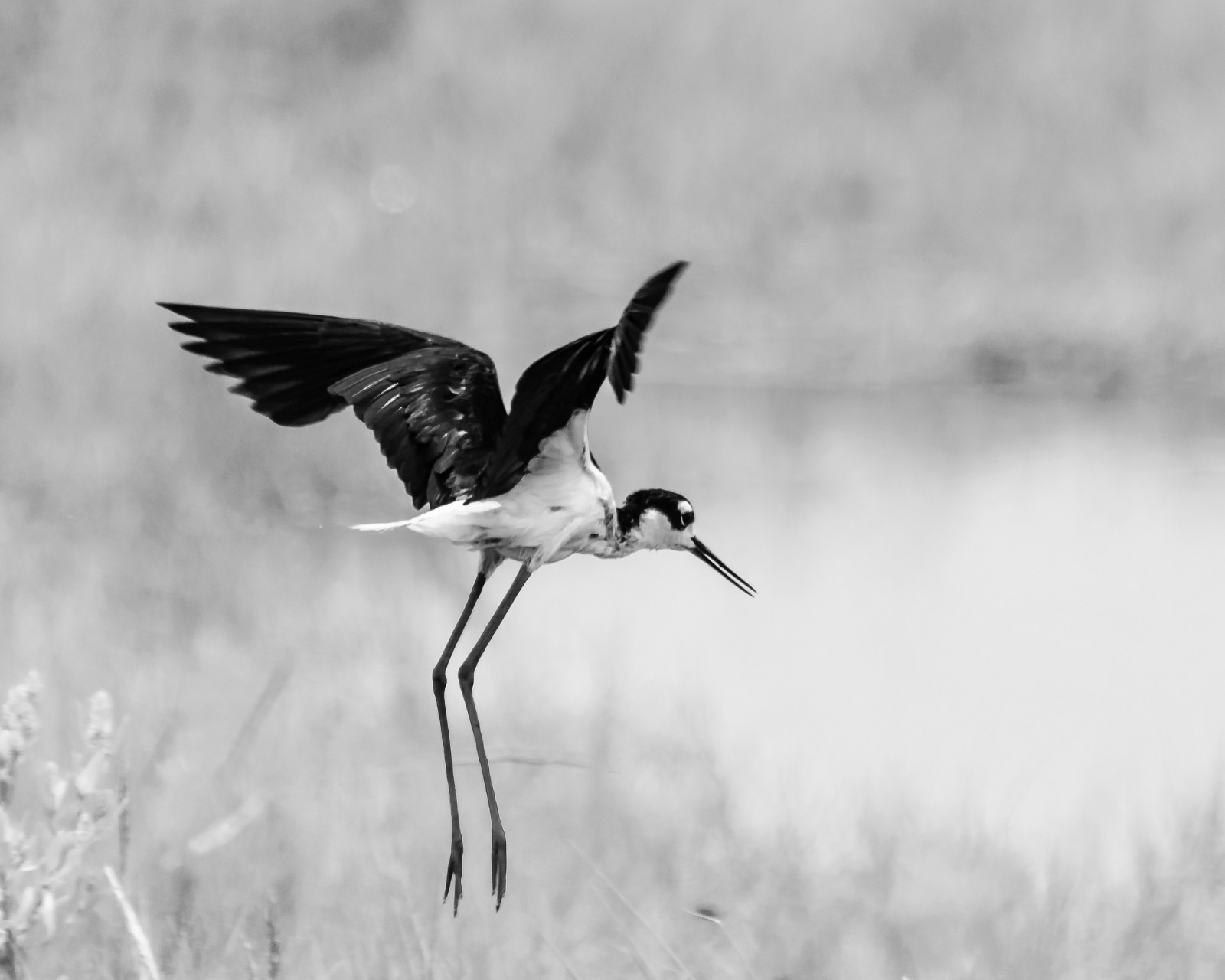
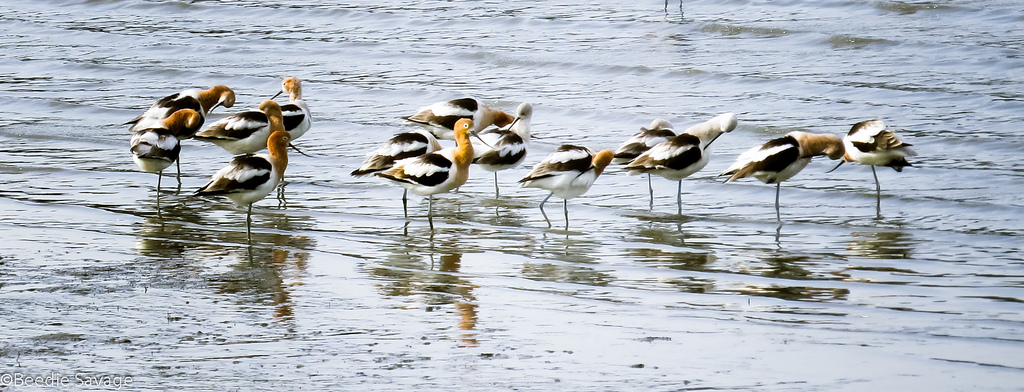
The arrival of birds gets all the press but the less obvious departures of wintering birds are significant events as well. By mid April the large groups of wintering ducks, gulls and sparrows have begun to quietly disband, break up and move North. Birders sometimes say these birds “evaporate.” By May 1, essentially all of these migrants have flown north and are nowhere to be found in our area.
The arrivals and departures of birds have marked the change in the season since the dawn of time. This spring keep your eyes and ears peeled and tap into the ancient tradition carried on by people and birds alike.


